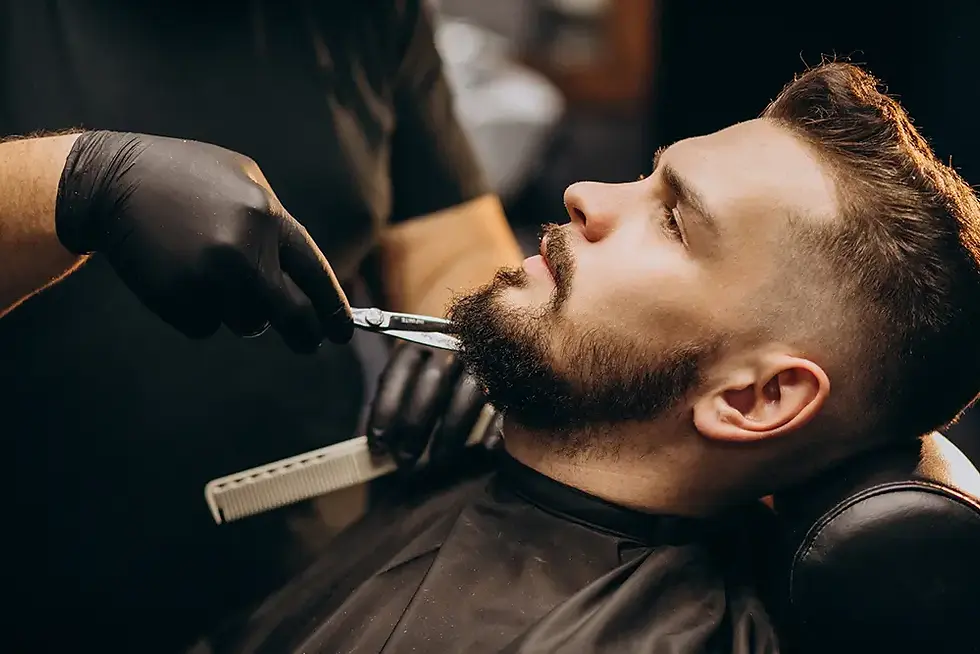Open Relationships Explained: Are They Right for You?
Explore the truth behind open relationships explained and what makes them work. Understand if emotional honesty and trust make this lifestyle right for you
Overcoming Infidelity in Marriage: A Man’s Guide to Healing
A man’s guide to overcoming infidelity in marriage, offering clarity and strength after betrayal. Gain direction to heal, rebuild trust, and move forward
How to Overcome Fear of Rejection Without Losing Confidence
Overcoming fear of rejection becomes easier with practical steps that strengthen confidence. Guide helps men rise above doubt and move forward for success
Online vs. Offline Dating: Pros and Cons for Modern Singles
Explore the pros & cons of online vs. offline dating for modern singles. Uncover how men can balance digital convenience with real-world connection & chemistry
Overcoming Imposter Syndrome in Dating to Find Love
Overcoming imposter syndrome in dating helps men build real confidence and meaningful connections. Step into dating with clarity and true self-worth
How to Overcome Approach Anxiety Without Freezing Up
Face social fears head-on and gain the confidence to connect effortlessly. This guide helps men with overcoming approach anxiety and building lasting courage
Navigating Midlife Relationship Changes With Confidence
Navigate midlife relationship changes with confidence and clarity. Strengthen love, communication, and connection through life’s evolving stages
Online Dating vs. Traditional Dating: What Men Should Know
Explore the pros and cons of online dating vs. traditional dating for men. Understand what truly matters in building real connections in today’s modern world
Online Dating Advice for Men Who Want Real Connections
Navigate modern dating with confidence and purpose. Get practical online dating advice for men to build genuine connections and attract meaningful relationships
Navigating Dating in Your 40s Without Fear
Dating in your 40s can be empowering & exciting. Embrace confidence, emotional maturity, and genuine connection as you navigate modern relationships fearlessly




Comments